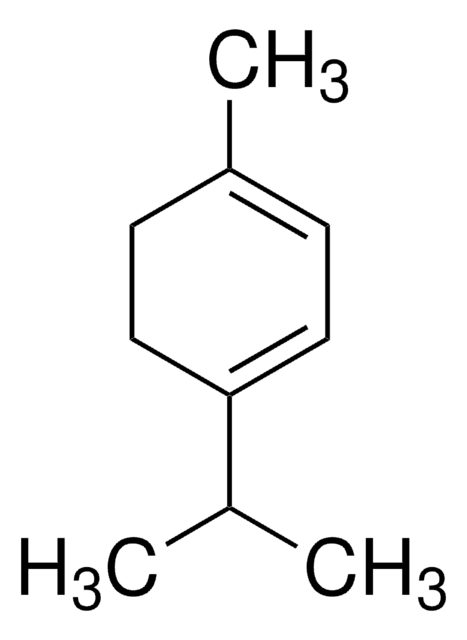Kluczowe dokumenty
203866
Nickel(II) chloride hexahydrate
99.999% trace metals basis
Synonim(y):
Dichloronickel hexahydrate, Nickel dichloride hexahydrate
About This Item
Polecane produkty
Poziom jakości
Próba
99.999% trace metals basis
Formularz
crystals and lumps
zanieczyszczenia
≤15.0 ppm Trace Metal Analysis
Zastosowanie
battery manufacturing
ciąg SMILES
[H]O[H].[H]O[H].[H]O[H].[H]O[H].[H]O[H].[H]O[H].Cl[Ni]Cl
InChI
1S/2ClH.Ni.6H2O/h2*1H;;6*1H2/q;;+2;;;;;;/p-2
Klucz InChI
LAIZPRYFQUWUBN-UHFFFAOYSA-L
Szukasz podobnych produktów? Odwiedź Przewodnik dotyczący porównywania produktów
Powiązane kategorie
Zastosowanie
- As a precursor to synthesize nickel(ll) complexes, such as nickel complexes of dithiocarbimates derived from sulfonamides.
- To fabricate Ni-based composites for various applications such as photocatalysis.
- As a catalyst for various organic reactions, for example, synthesis of tetra-substituted pyrroles and cleavage of tetrahydropyranyl (THP) and tert-butyldimethylsilyl (TBS) ethers.
- As a starting material to prepare NiO nanoparticles.
Hasło ostrzegawcze
Danger
Zwroty wskazujące rodzaj zagrożenia
Zwroty wskazujące środki ostrożności
Klasyfikacja zagrożeń
Acute Tox. 3 Inhalation - Acute Tox. 3 Oral - Aquatic Acute 1 - Aquatic Chronic 1 - Carc. 1A Inhalation - Muta. 2 - Repr. 1B - Resp. Sens. 1 - Skin Irrit. 2 - Skin Sens. 1 - STOT RE 1 Inhalation
Organy docelowe
Lungs
Kod klasy składowania
6.1D - Non-combustible acute toxic Cat.3 / toxic hazardous materials or hazardous materials causing chronic effects
Klasa zagrożenia wodnego (WGK)
WGK 3
Temperatura zapłonu (°F)
Not applicable
Temperatura zapłonu (°C)
Not applicable
Środki ochrony indywidualnej
Eyeshields, Faceshields, Gloves, type P3 (EN 143) respirator cartridges
Wybierz jedną z najnowszych wersji:
Masz już ten produkt?
Dokumenty związane z niedawno zakupionymi produktami zostały zamieszczone w Bibliotece dokumentów.
Klienci oglądali również te produkty
Produkty
Lithium-Ion Battery Performance: Dependence on Material Synthesis and Post‑Treatment Methods
Thermoelectric Performance of Perovskite-type Oxide Materials
The prevailing strategies for heat and electric-power production that rely on fossil and fission fuels are having a negative impact on the environment and on our living conditions.
Nanocząstki plazmoniczne mają unikalne właściwości optyczne, które można dostosować do różnych zastosowań w przemyśle biotechnologicznym1-8 i elektronicznym9-16.
Nasz zespół naukowców ma doświadczenie we wszystkich obszarach badań, w tym w naukach przyrodniczych, materiałoznawstwie, syntezie chemicznej, chromatografii, analityce i wielu innych dziedzinach.
Skontaktuj się z zespołem ds. pomocy technicznej





![[1,2-Bis(diphenylphosphino)ethane]dichloronickel(II)](/deepweb/assets/sigmaaldrich/product/structures/707/956/483e7a6e-5fb5-4e39-abd1-ecf33ccab3cf/640/483e7a6e-5fb5-4e39-abd1-ecf33ccab3cf.png)








